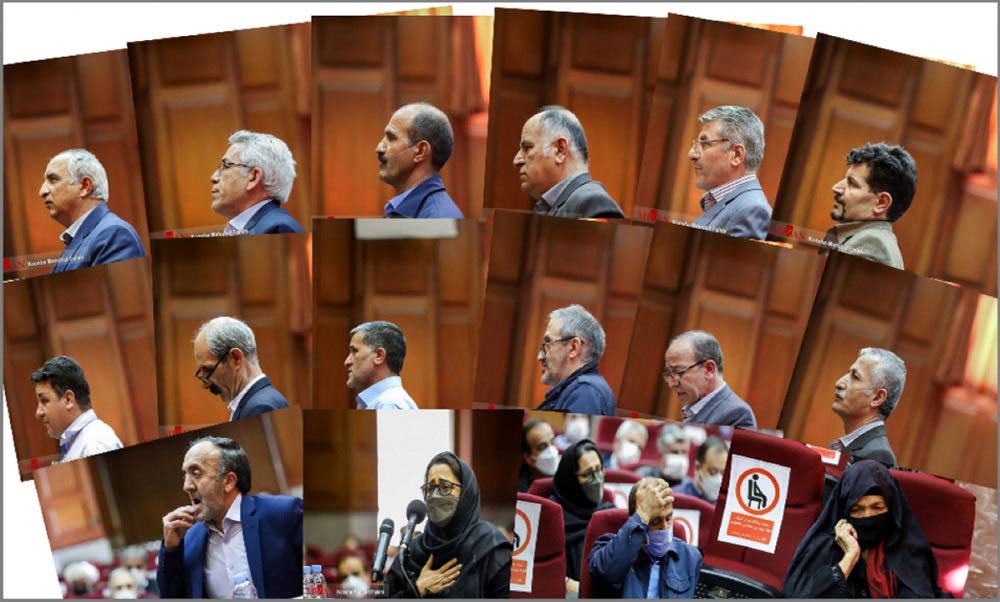A court session was held in Tehran to investigate the complaints filed a by a group of former members of the Mujahedin Khalgh Organization (MKO/ MEK/ PMOI/ Cult of Rajavi) specifically to sue the leaders Masoud and Maryam Rajavi and certain other senior officials of the group.
To download the video file click here
42 people addressed the court, giving evidences on several cases of abuse and torture inside the MEK. The followings are only a few cases of the complainants’ testimonies:
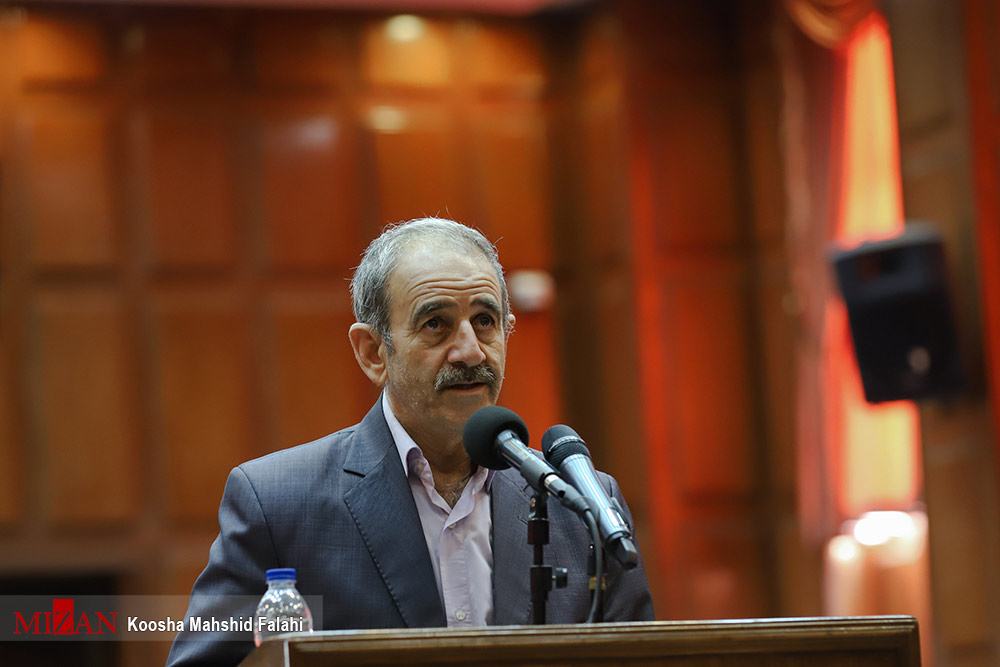
Nightmares I still see
Ali Moradi, was a victim of forced labor, mal-treatment and deception in the MEK. He was deceptively told by the group commanders that his wife was executed by the Iranian government and his brother was killed by the Iranian revolutionary guard. He found both of them alive after he defected the group. “They deprived us of our family. We were mentally abused. I still see nightmares of those days, at least once in a month”, He told the court.
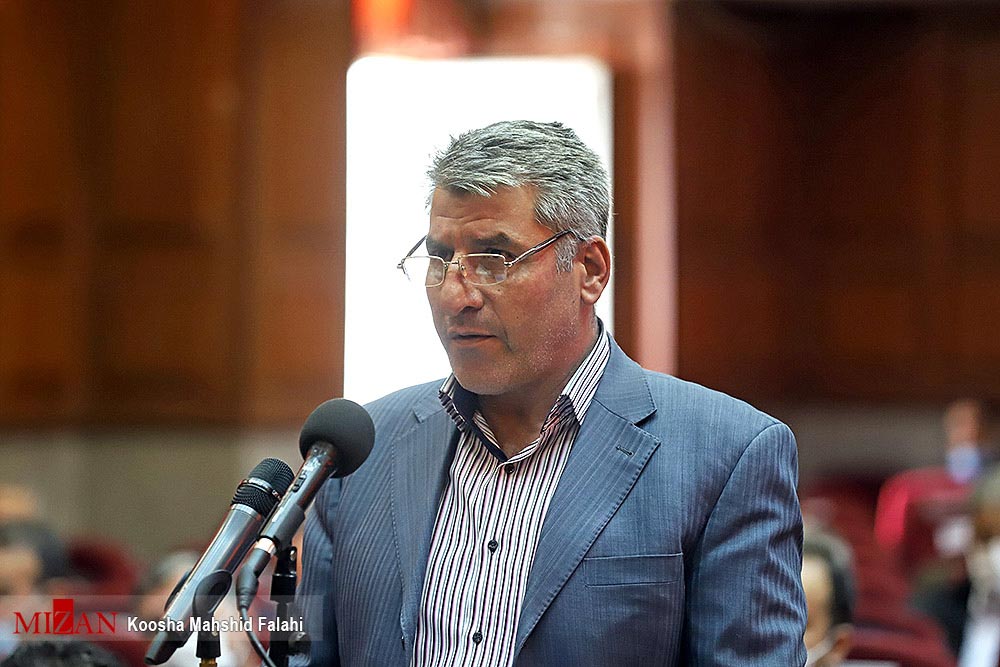
They burned my tattoo
Akbar Khabareh was a war prisoner of the Iran-Iraq war who was recruited by the MEK. He was a member of the group for 17 years. “I lost the best years of my life in this illegitimate cult,” he addressed the court. “I had my mother’s name tattooed on my arm. They told me that it had to be burned. They burned it by soldering iron.”
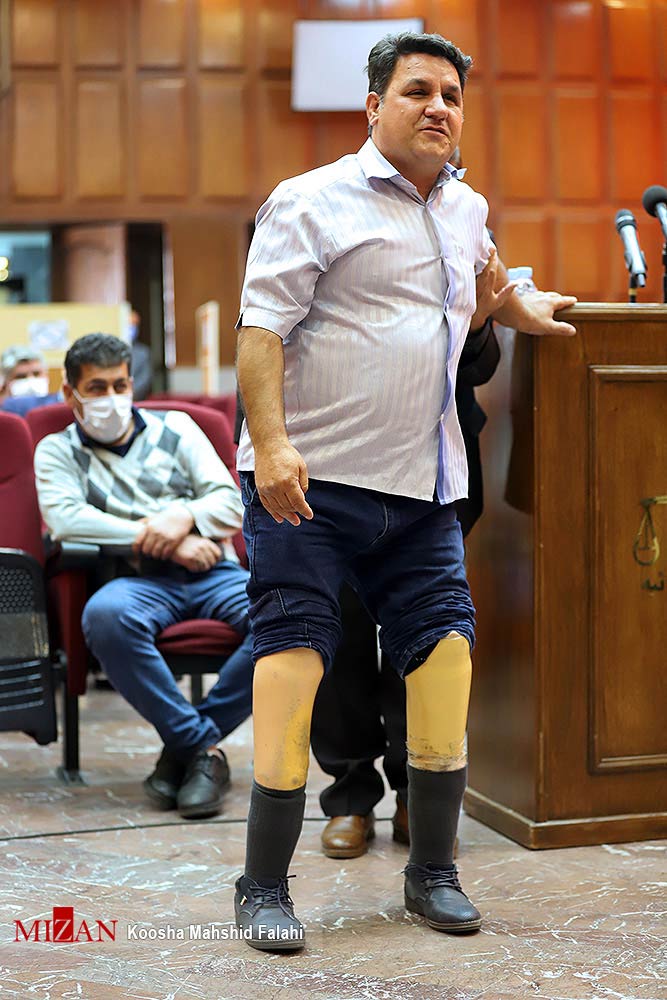
They pulled off my nails
Nader Chapchaap was deceived to join the MEK by its recruiters in Turkey where he had immigrated to work. He was taken to Iraq and forced to stay in Camp Ashraf for four years. “They pulled off my toe nails and then forced me to work in military and service units of the organization,” he addressed the court. “Consequently, my feet were infected.” Chapchaap’s feet were then amputated.
Another complainant in the court, Mohammad Javad Assadi who was recruited by the group in the same way as Chapchaap was, said, ”I was imprisoned by the MEK for three and a half years and then I was kept in the American camp for four years and I witnessed they pulled off Chapchaap’s toenails.”
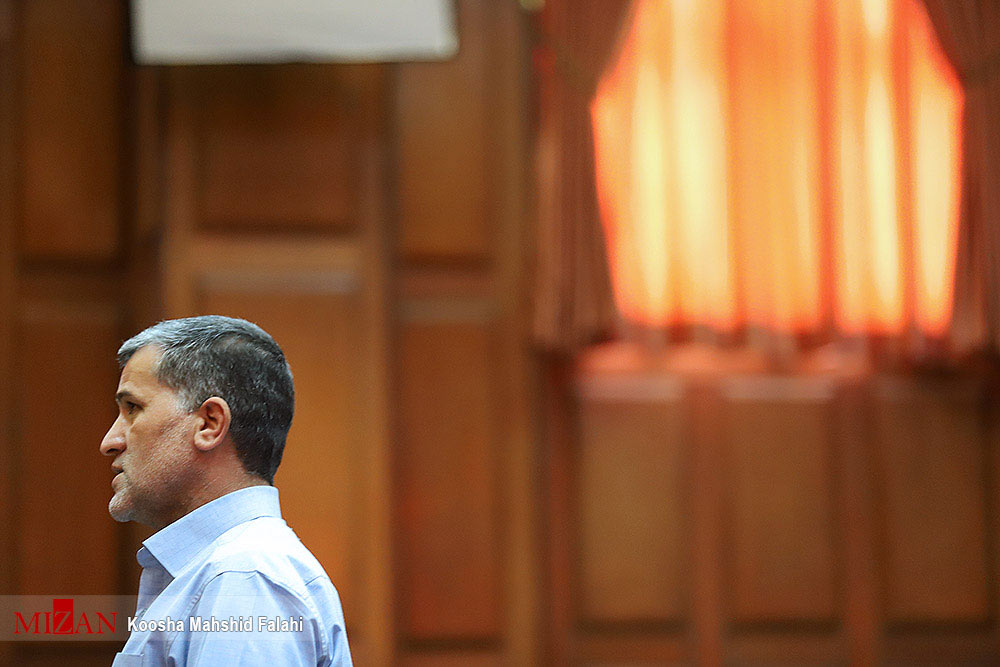
They kept me in a cage
Fathollah Eskandari was a soldier in the Iran-Iraq war when he was shot and taken as a hostage by the MEK forces. “They kept me in a cage for the first three months,” he said. “During the 17 years of my imprisonment in the MEK, I witnessed a man named Khodam Golmohammadi set himself on fire, he survived, they took him somewhere, I did not see him anymore. I saw Hojat Azizi and Karim Pedram shot themselves dead and a blind man named Rasool set himself on fire too.”
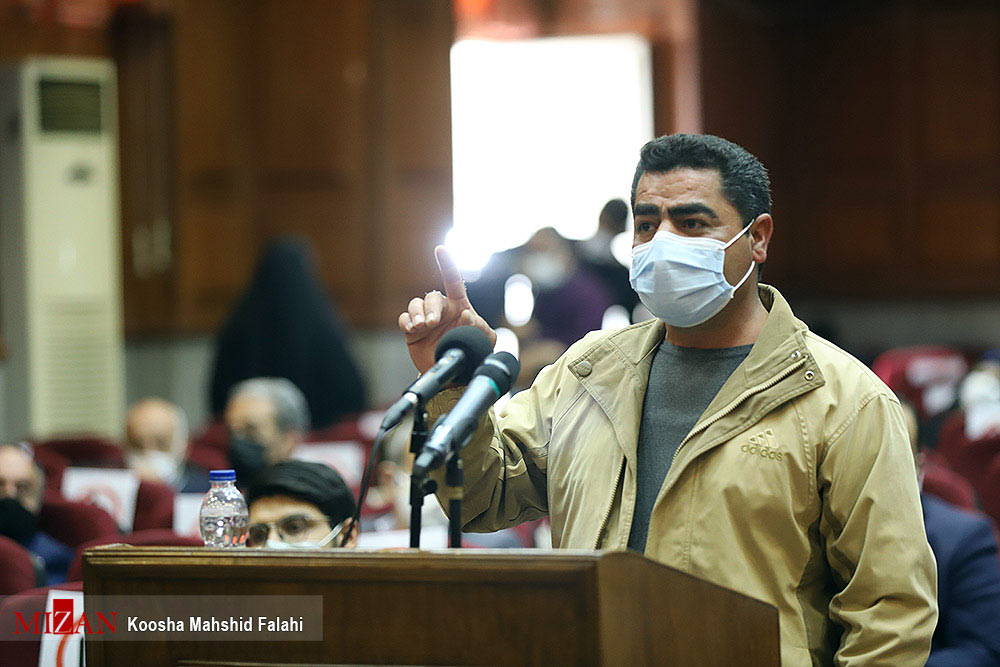
Forced me to hunger strike
Fereidoon Ebrahimi escaped the MEK in 2015. He had been recruited by the MEK in Turkey. “The mental tortures are worse that the physical tortures in the MEK,” he told the judge. “I was forced to take part in the group’s hunger strike for 92 days in 2011.”
“Camp Ashraf was a forced labor camp,” he told about MEK’s cut-like system. “We had no time to think freely since we were forced to work hard from 5 am until night.”
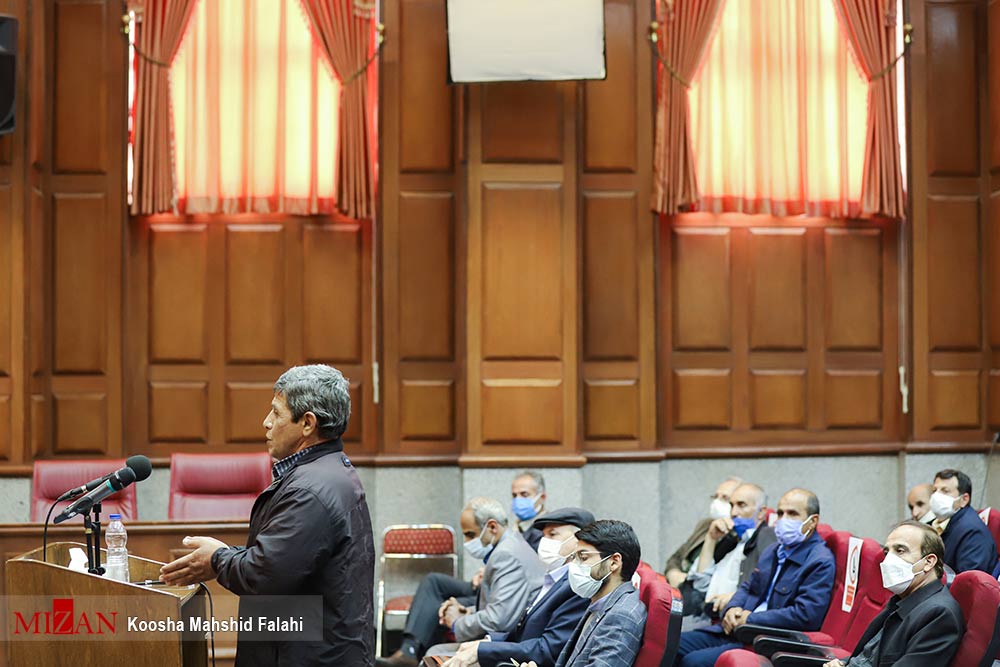
It was forbidden to speak of your mother
Mahmoud Dashtestani was only 15 when he was taken as a war prisoner by Iraqi forces, he was then recruited by the MEK. He escaped the group in 2009 and returned to Iran as a 41-year-old man. “Once, I told a memory about my mother, my peers sent a report against me to the superior members,” he recounted an experience of the cult-like structure of the MEK. “They jailed me for three days and then they made me sign a paper to promise that I would not think of my mother anymore.”
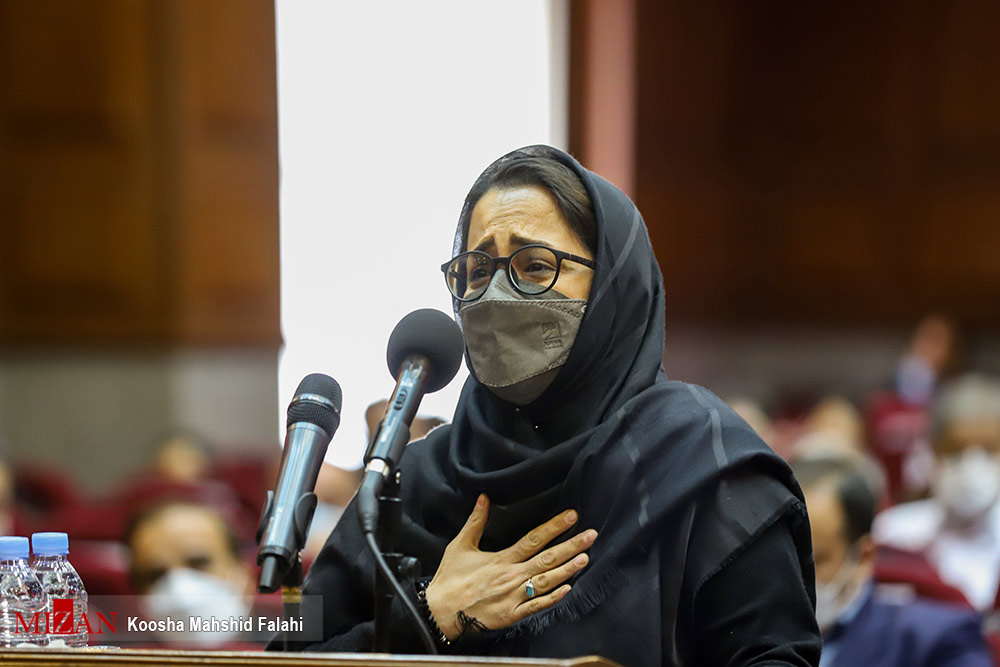
I am the People
Leila Kayukan is the daughter of Rahim Kayukan, an MEK member. “For 40 years, the efforts of my family to contact my father have not been successful,” she told the court. “As a child, I lost my dad, I never even heard his voice. I am the people.” She refers to the alleged title of the group, “Fighters of Iranian People”.
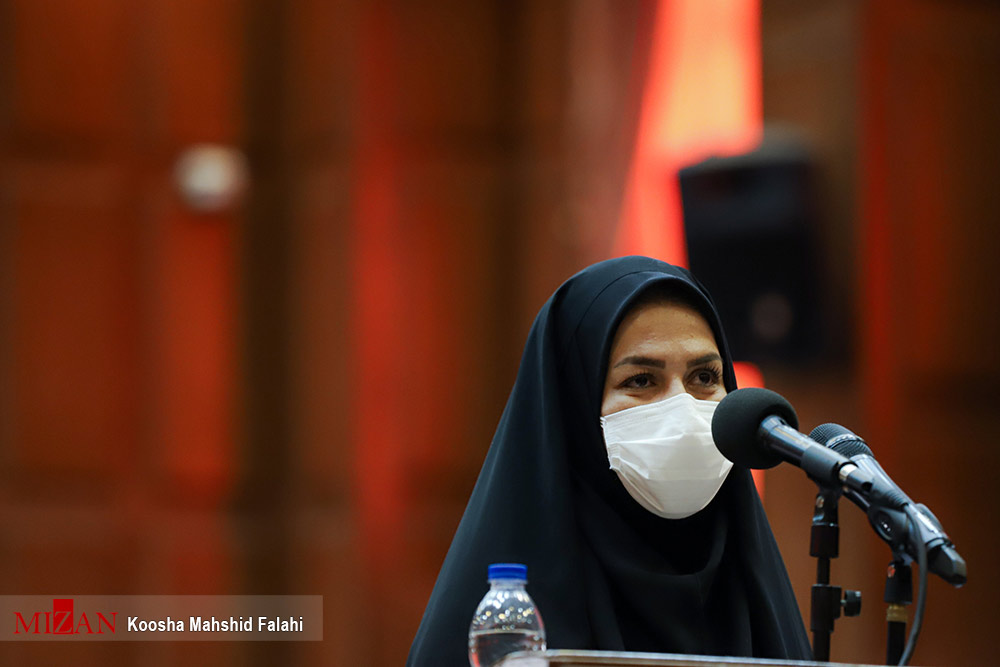
My brother was not in Denmark
Leila Qasemi is the sister of Habibollah Qasemi, a hostage of the MEK. “We have not seen my brother since 19 years ago,” she addressed the court. “My brother went to Turkey and then traveled to Greece where he was deceived by the MEK recruiters and was taken to Camp Ashraf, Iraq.”
The Qasemis thought that Habibollah had gone to Denmark from Greece. “We pursued his case via the Ministry of Foreign Affairs and realized that he had never gone to Denmark but he was kidnapped to join the MEK in Iraq.” In 2016 they went to Camp Ashraf to visit his brother. “They did not allow us to visit him but instead we were attacked by rocks,” she said.
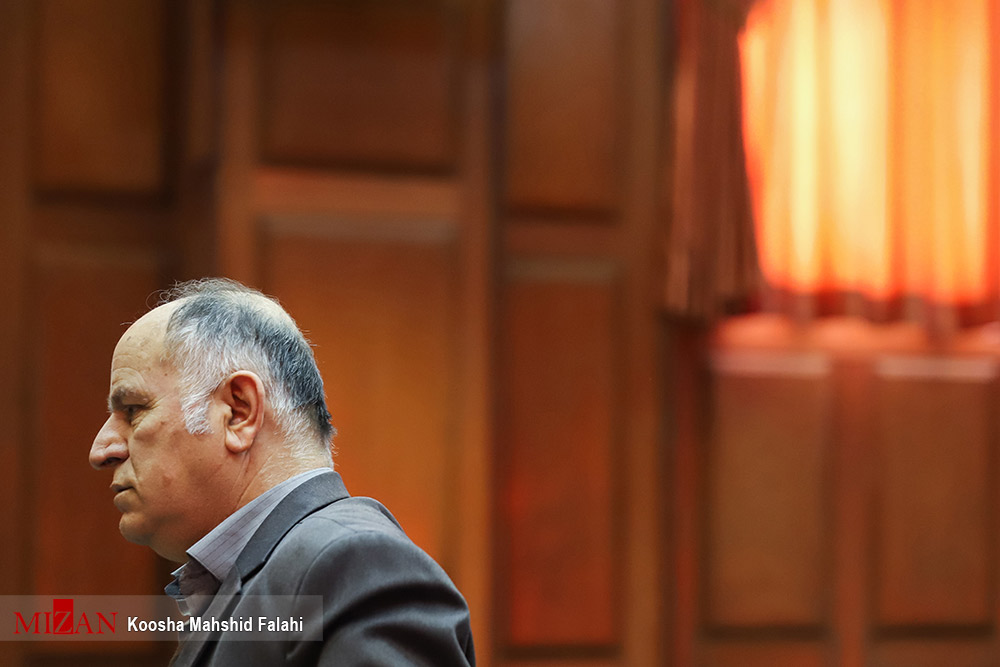
I am here to confirm their testimonies
Hadi shabani was a member of the MEK for 20 years. He left the group in 2004. He took part in the court hearing to give his testimony endorsing other complainants. “I was responsible of the reception unit in the MEK so I witnessed many things,” he said. “Soon after I myself entered the group, all the ideals I had about the cause of the group collapsed in my mind.”
“In the cult of MEK you are not allowed to ask questions, you are just the executors of the leaders’ orders,” he told the judge.

